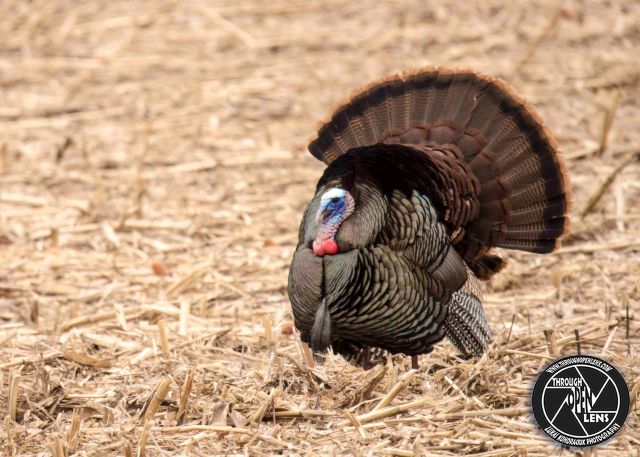
F/5.6, 1/125, ISO 250.
Black Vulture
A farmer goes out and buys a new, young rooster. As soon as he brings him home, the
young rooster rushes and screws all 150 of the farmers hens. The farmer is impressed.
At lunchtime, the young rooster again screws all 150 hens. The farmer is not just impressed anymore,he is worried. Next morning,not only is the rooster screwin…g the hens but he is screwing the turkeys,ducks even the cow.
Later farmer looks out into the barnyard and finds the rooster stretched out, limp as a rag, his eyes closed, dead and vultures circling overhead.
The farmer runs out, looks down at the young roosters limp body and says: “You deserved it, you horny bastard!”
And the young rooster opens one eye, points up at the vultures with his wing, and says, Shhhh!,they are about to land.”
Interesting Fact: One-on-one at a carcass, Black Vultures lose out to the slightly larger Turkey Vulture. But flocks of Black Vultures can quickly take over a carcass and drive the more solitary Turkey Vultures away. ( https://www.allaboutbirds.org/guide/Black_Vulture/lifehistory )










